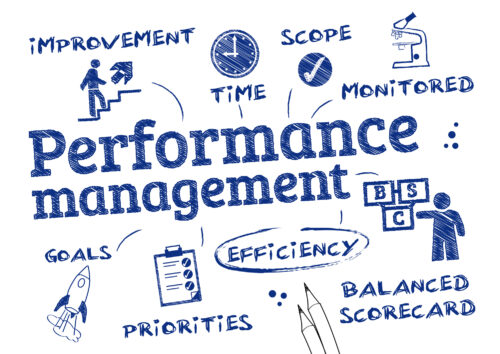Within the complex network of business interactions, referral channels stand as crucial pathways for leads and opportunities. They facilitate the exchange of customers, clients, and prospects among entities, often resulting in mutually advantageous outcomes. Grasping these dynamics is essential for businesses aiming to optimize their referral strategies and fully exploit their network’s potential.
The terms “up” and “down” in referral channels denote the direction of referral flow and the hierarchy within the business ecosystem.
Up referral channels involve leads or opportunities referred from lower-tier entities to higher-tier ones. For instance, an optometrist might refer a patient to an ophthalmologist, or a school might refer students for eye exams after a failed vision test. Here, the referral flow ascends towards entities with greater resources, expertise, or market reach.
Conversely, down referral channels entail leads or opportunities referred from higher-tier entities to lower-tier ones. For instance, diabetes centers might refer patients to optometrists for retinopathy review, or ophthalmologists might refer general eye exams to optometrists. In this scenario, the referral flow descends, often empowering smaller entities with valuable resources, credibility, or visibility.
Each referral channel type presents unique advantages and challenges, shaping how businesses navigate and leverage them. Up Referral Channels offer access to resources, expertise, or clientele beyond their reach, along with enhanced credibility through association. Challenges include dependency on external entities for consistent referrals and managing service delivery expectations.
Down Referral Channels provide access to a broader market and potential for long-term partnerships and recurring business. Risks include being overshadowed by larger partners or dependency on other entities, potentially hindering company growth.
To effectively harness the potential of up and down referral channels, businesses can adopt strategic approaches:
- Diversification: Maintain a balanced portfolio of referral channels, spanning both up and down directions, to mitigate risks and capitalize on diverse opportunities.
- Relationship Building: Cultivate strong relationships with potential referral partners, focusing on mutual trust, transparency, and shared objectives to foster sustainable collaborations.
- Value Proposition: Clearly articulate the value proposition for both referrers and recipients, emphasizing how each party stands to benefit from the referral relationship.
- Adaptability: Remain agile and adaptable in responding to the dynamics of different referral channels, adjusting strategies, processes, and resources as needed to maximize outcomes.
- Measurement and Analysis: Continuously monitor and analyze the performance of referral channels, leveraging data insights to refine strategies, identify emerging trends, and capitalize on untapped opportunities.
In the intricate web of business referrals, up and down channels play a vital role in driving growth, collaboration, and opportunity. By understanding these referral dynamics and implementing strategic approaches, businesses can confidently navigate referral channels, ultimately optimizing their potential for success.

















